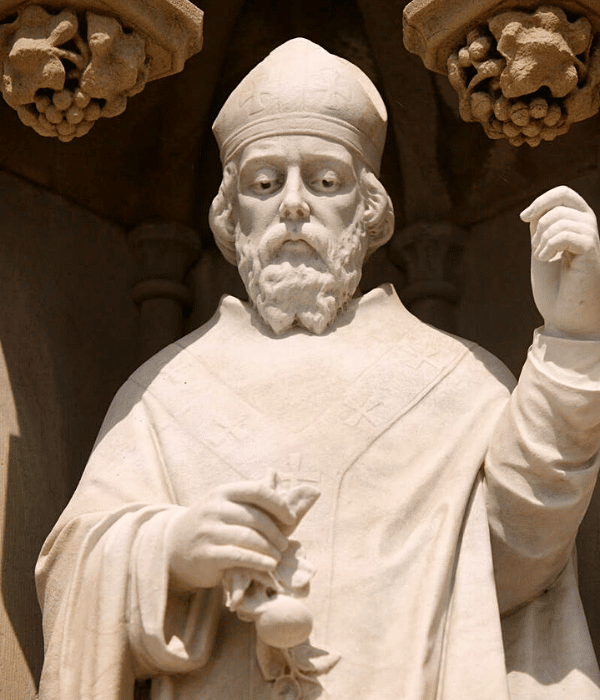SAINT PATRICK’S DAY, or the Feast of Saint Patrick (Irish: Lá Fhéile Pádraig, “the Day of the Festival of Patrick”), is a cultural and religious celebration held on 17 March, the traditional death date of Saint Patrick (c. AD 385–461 )

One of the most celebrated holidays around the world, Saint Patrick’s Day (or the Feast of Saint Patrick), honors the heritage and culture of the Irish with stunning displays of fireworks, parades, special foods, music, dancing and drinking. Historically, March 17 commemorates the death of Saint Patrick, the foremost patron saint of Ireland who was known for bringing Christianity to Ireland.
Saint Patrick’s Day has come to be associated with everything Irish: anything green and gold, shamrocks and luck! But the history of Saint Patrick’s Day has less to do with clovers and more to do with the introduction of Christianity.
Saint Patrick’s Day, or the Feast of Saint Patrick, is a cultural and religious celebration held on 17 March, the death date of Saint Patrick (c. AD 385–461). Saint Patrick is one of the most renowned Saints around the world. Not only are some 7 million people named after him, but many establishments, institutions and churches also bear his name, one of the most famous being Saint Patrick’s Cathedral in New York City.
Story has it that Saint Patrick was born in Britain around 385 AD. His parents, Calpurnius and Conchessa, were Roman citizens living in either Scotland or Wales. As a young teenager, he was captured by Irish raiders and sold to a Celtic priest in Northern Ireland. After six years herding sheep, luck was on his side and Patrick managed to escape back to Britain. Later, in his 30s, he returned to Ireland as a Christian missionary among the Celtic pagans.
Saint Patrick is credited with bringing Christianity to Ireland. Most of what is known about him comes from his two works; the Confessio, a spiritual autobiography, and his Epistola, a denunciation of British mistreatment of Irish Christians.
Shamrock, Seamóg or Seamair Óg, the Irish for a young clover can be found growing wild throughout Ireland. It is worn on the feast day of St. Patrick, 17th March, to represent a link with Saint Patrick, the Bishop who spread the Christian message in Ireland. The tradition of wearing Shamrock on Saint Patrick’s Day can be traced back to the early 1700’s.
DID YOU KNOW?
-
- Saint Patrick was not Irish. He was born in Roman Britain.
-
- The humble shamrock was originally a teaching tool. Saint Patrick is said to have used the three-leaved plant to explain the Holy Trinity (Father, Son, and Holy Spirit) to the pagan Irish.
-
- Shamrock, Seamóg or Seamair Óg (Irish for a young clover), can be found growing wild throughout Ireland. It is worn on the feast day of Saint Patrick, March 17th, to represent Saint Patrick.
-
- According to legend, Saint Patrick drove the snakes from Ireland. But, Ireland was separated from the rest of the continent at the end of the Ice Age, so snakes were likely never found here. As in many old pagan religions, serpent symbols were common and often worshiped. Driving the snakes from Ireland was probably symbolic of putting an end to this pagan practice.
-
- The first St. Patrick’s Day parade took place in New York City in the 1760s.
-
- Guinness sales soar on St. Patrick’s Day. Recent figures show that 5.5 million pints of the infamous Irish beer are downed around the world every day. On St. Patrick’s Day, this figure doubles!
